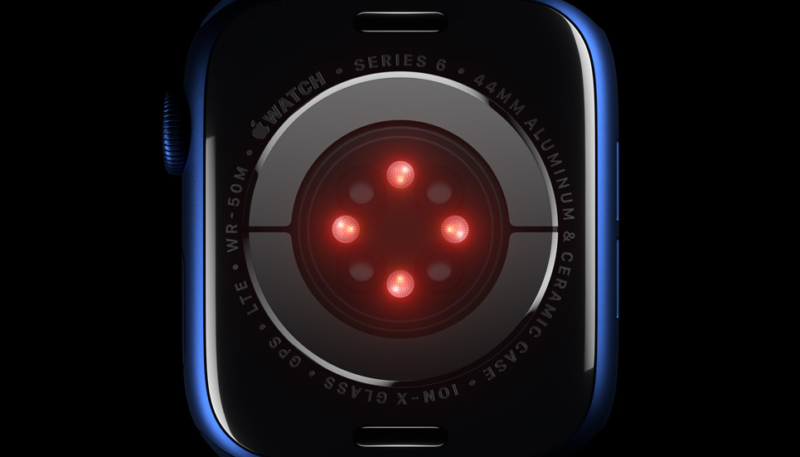As of today, Apple is no longer selling Apple Watch models in the U.S. that include blood oxygen monitoring in its retail stores or online, due to the US International Trade Commission (ITC) sales ban once again going into effect.
The Apple Watch Series 9 and Apple Watch Ultra 2 models that go on sale will still include the Blood Oxygen app, but when a user attempts to open the app, they’ll see a message reading: “The Blood Oxygen app is no longer available. Learn more in the Health app on your iPhone.” When they go to the Health app on their iPhone, they will see a link to a support article on Apple’s website.
Luckily customers who have purchased their Apple before today will still be able to use the Blood Oxygen app as they have before, as Apple is not required by the ban to disable the feature on any Apple Watch models that have the feature and the feature will continue to operate properly.
Also, while Apple will be disabling the blood oxygen feature on the Apple Watches it sells in its physical retail stores and its online store, third-party sellers, such as Best Buy, Walmart, Target, and others will be able to sell the Apple Watch models it has in stock with the feature still enabled, at least until they sell out their stock. However, once new Apple Watches begin coming into those stores, the feature will be disabled.
So, how can you tell if an Apple Watch you’re considering purchasing still has the blood oxygen function enabled?
As reported by iDrop News, Apple has made it reasonably easy to tell the difference between a standard Apple Watch Series 9 or Apple Watch Ultra 2 and one that has had its blood oxygen monitoring disabled.
Apple Watch units that can no longer measure Blood Oxygen will have a part number ending in LW/A. Apple Watch Series 9 and Apple Watch Ultra 2 devices sold in the United States typically carry a part number ending in LL/A. This is a country-specific suffix used in the part numbers for nearly all Apple products manufactured for sale in the US and even some in Canada.
The part number can be found on the back of the Apple Watch box. The part number should begin with an “M,” and should not be confused with the model number, which begins with an “A.”
While Apple hasn’t officially announced whether or not it will leave the blood oxygen monitoring feature disabled forever, it is expected that if it wins its appeal with the ITC or develops a non-infringing way to reactivate the feature it will release a software update to once again activate the feature on the LW/A models, as the pulse oximetry hardware is still in the devices, they’re merely blocked from operating.


